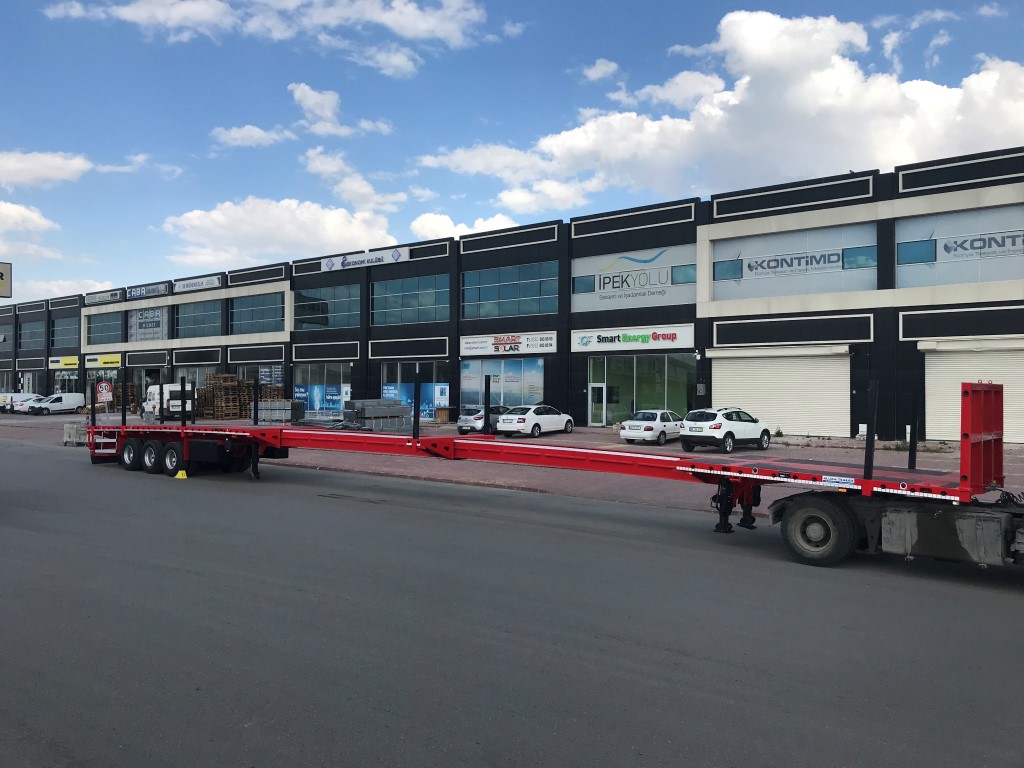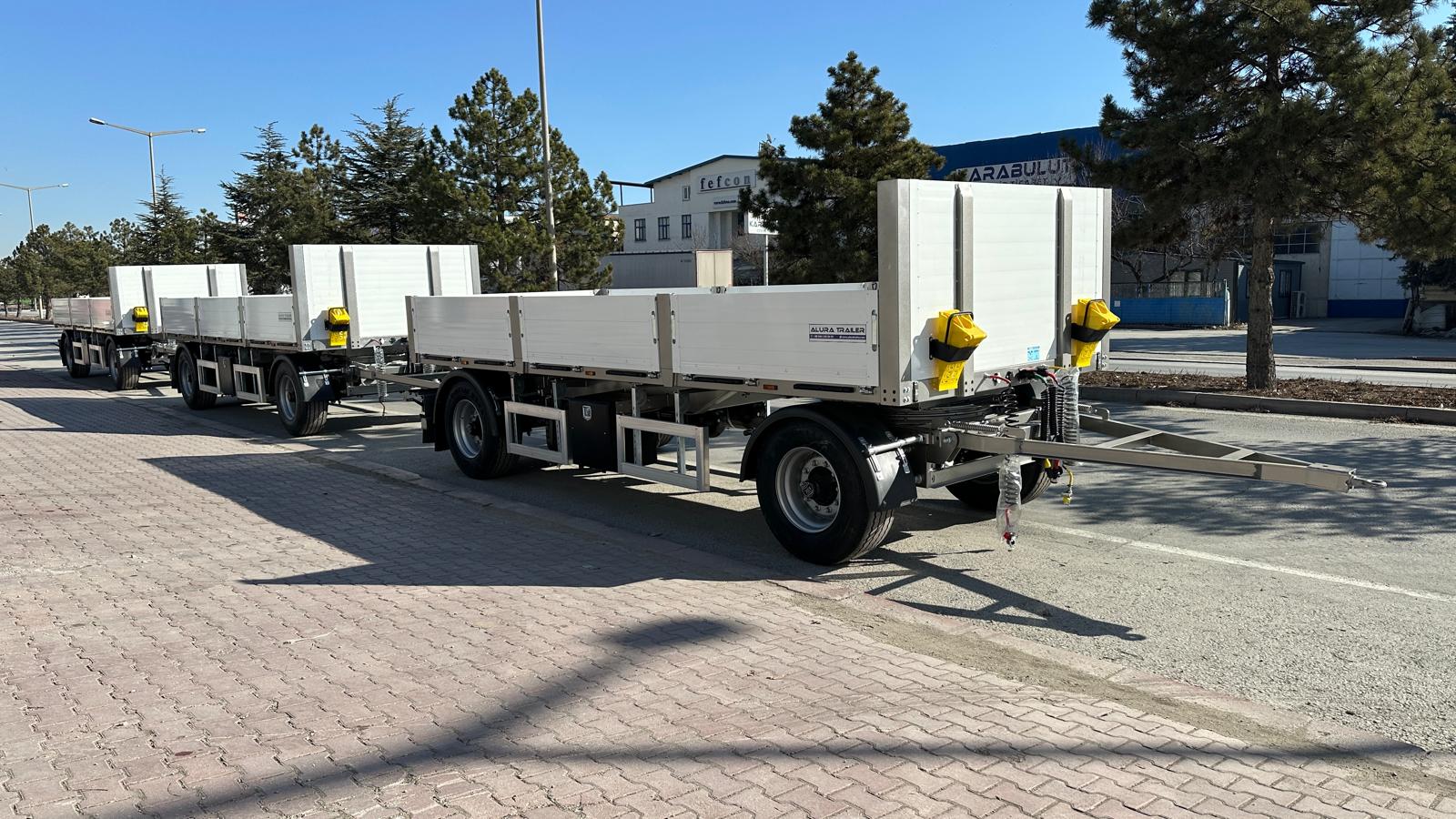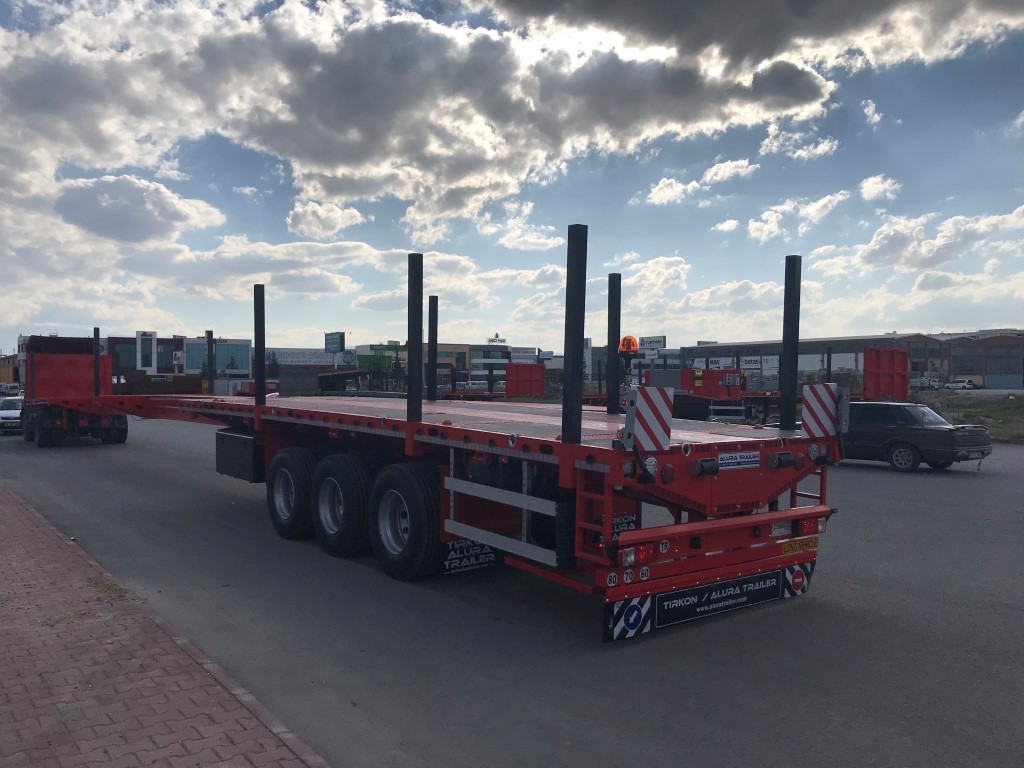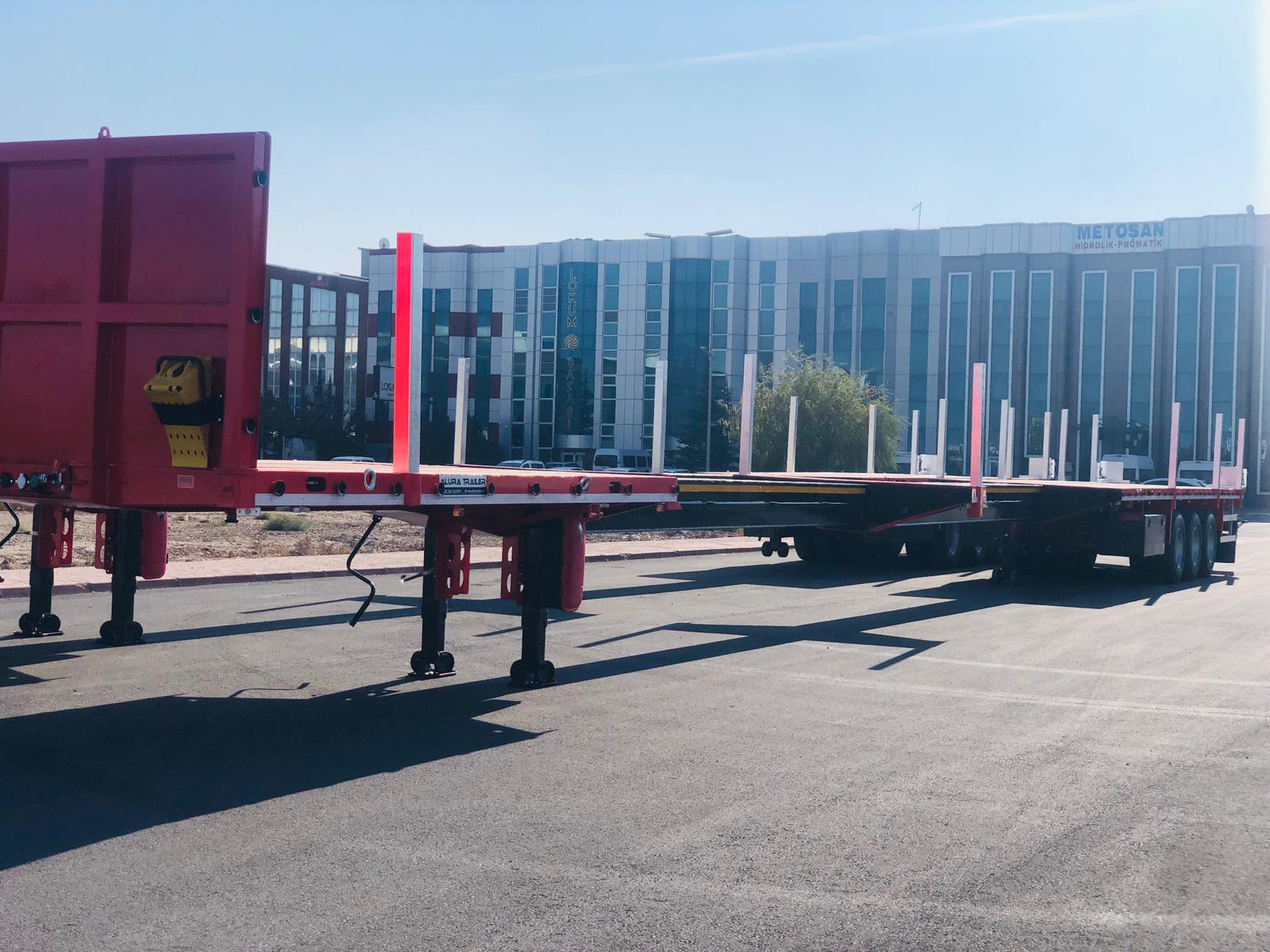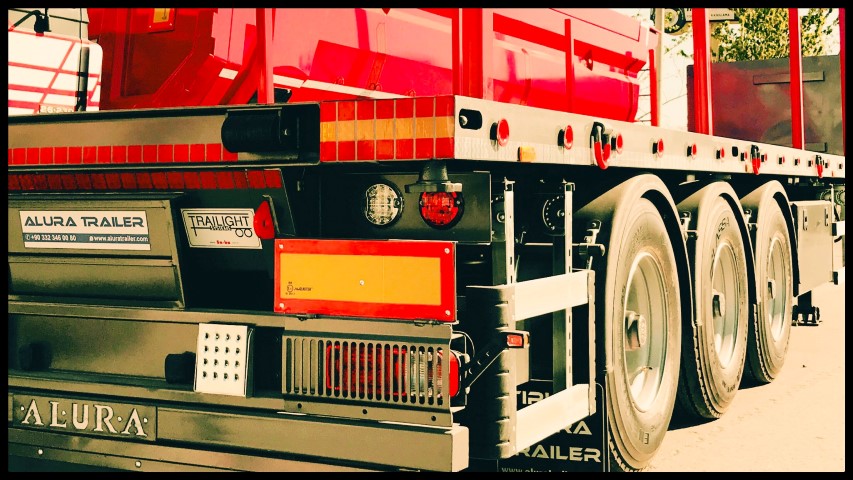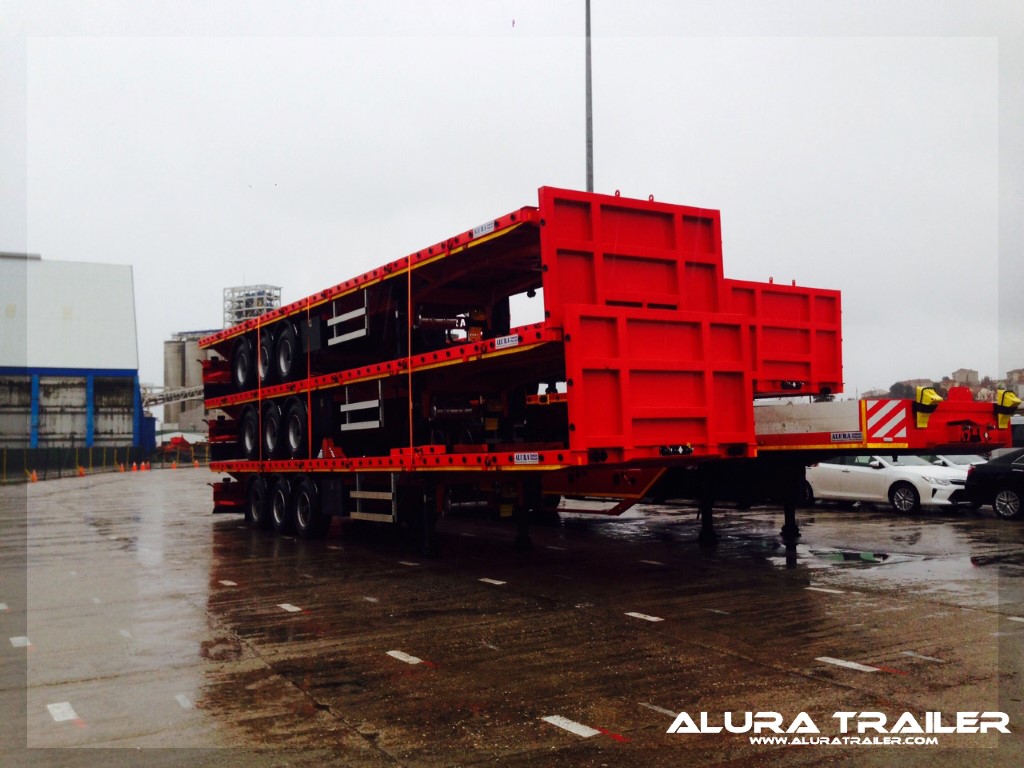Semi-Trailer Maintenance Guide
Maintaining a semi-trailer is essential to ensure safety, compliance, and longevity. Regular inspections and preventative maintenance can help avoid costly breakdowns and downtime. This guide outlines key maintenance practices, recommended schedules, and best practices for keeping your semi-trailer in top condition.
1. Daily Pre-Trip Inspections
Before hitting the road, conduct a daily pre-trip inspection to identify potential issues early. Check the following:
- Tires: Ensure proper inflation and look for signs of wear, cuts, or bulges.
- Brakes: Test brake responsiveness and inspect air lines for leaks.
- Lights & Electrical System: Confirm all lights (headlights, brake lights, indicators) are working.
- Coupling System: Inspect the kingpin, fifth wheel, and locking mechanism for secure connection.
- Suspension & Shock Absorbers: Look for signs of wear or leakage.
- Landing Gear: Verify proper operation and lubrication.
2. Weekly Maintenance Checks
Perform weekly inspections to ensure all components function properly:
- Inspect wheel hubs for leaks or overheating.
- Check air brake chambers for cracks, rust, or air leaks.
- Lubricate moving parts, including kingpins, hinges, and landing gear.
- Examine frame and undercarriage for rust, cracks, or structural damage.
- Ensure door seals are intact to prevent cargo exposure to the elements.
3. Monthly Preventative Maintenance
Once a month, conduct a more detailed check:
- Alignment & Axles: Ensure the alignment is correct to prevent uneven tire wear.
- Brake Adjustment: Inspect and adjust brakes as needed.
- Check suspension components, including springs and bushings.
- Inspect hydraulic and pneumatic systems for leaks.
- Tighten any loose bolts and fasteners.
4. Quarterly & Annual Inspections
To ensure long-term durability, perform thorough inspections every three months and annually:
Quarterly:
- Check electrical wiring for corrosion or damage.
- Inspect landing gear legs for cracks or bending.
- Test trailer roll stability systems.
- Examine fuel tanks (if applicable) for leaks or rust.
Annual Maintenance:
- Full brake system service, including replacing worn-out pads and drums.
- Complete wheel alignment and balance.
- Inspect structural integrity for cracks, rust, or frame damage.
- Replace old hydraulic fluids and lubricants.
- Perform DOT (Department of Transportation) inspection to ensure regulatory compliance.
5. Best Practices for Longevity
- Keep the trailer clean to prevent rust and buildup.
- Store trailers in dry areas to avoid moisture-related damage.
- Use high-quality parts when replacing components.
- Train drivers and maintenance teams on proper inspection techniques.
- Monitor trailer weight limits to prevent excess strain on axles and tires.
6. Common Issues & Troubleshooting
Here are some frequent semi-trailer issues and how to address them:
| Issue | Possible Cause | Solution |
|---|---|---|
| Uneven tire wear | Misalignment or improper inflation | Check alignment, maintain correct pressure |
| Brake failure | Worn-out pads or air leaks | Replace pads, inspect air lines |
| Electrical failures | Corrosion or faulty wiring | Clean terminals, replace damaged wires |
| Landing gear problems | Lack of lubrication | Regularly grease moving parts |
| Suspension sagging | Worn-out shocks or springs | Replace defective components |
Conclusion
Proper maintenance of your semi-trailer enhances safety, efficiency, and lifespan while reducing costly repairs and downtime. Implementing a structured maintenance routine ensures your trailer remains roadworthy and compliant with regulations.
For professional servicing, always consult a qualified technician and use manufacturer-recommended parts.
By following this guide, you can keep your semi-trailer in optimal condition for years to come!
Download Semi Trailer Maintenance Guide
Essential Semi-Trailer Parts That Require Periodic Replacement
Regular maintenance and part replacements are crucial for keeping semi-trailers in optimal working condition. Over time, various components wear out due to continuous use, exposure to harsh road conditions, and heavy loads. This guide outlines the most critical semi-trailer parts that should be replaced periodically to ensure safety, compliance, and efficiency.
Download full Periodic Replacement file from here





